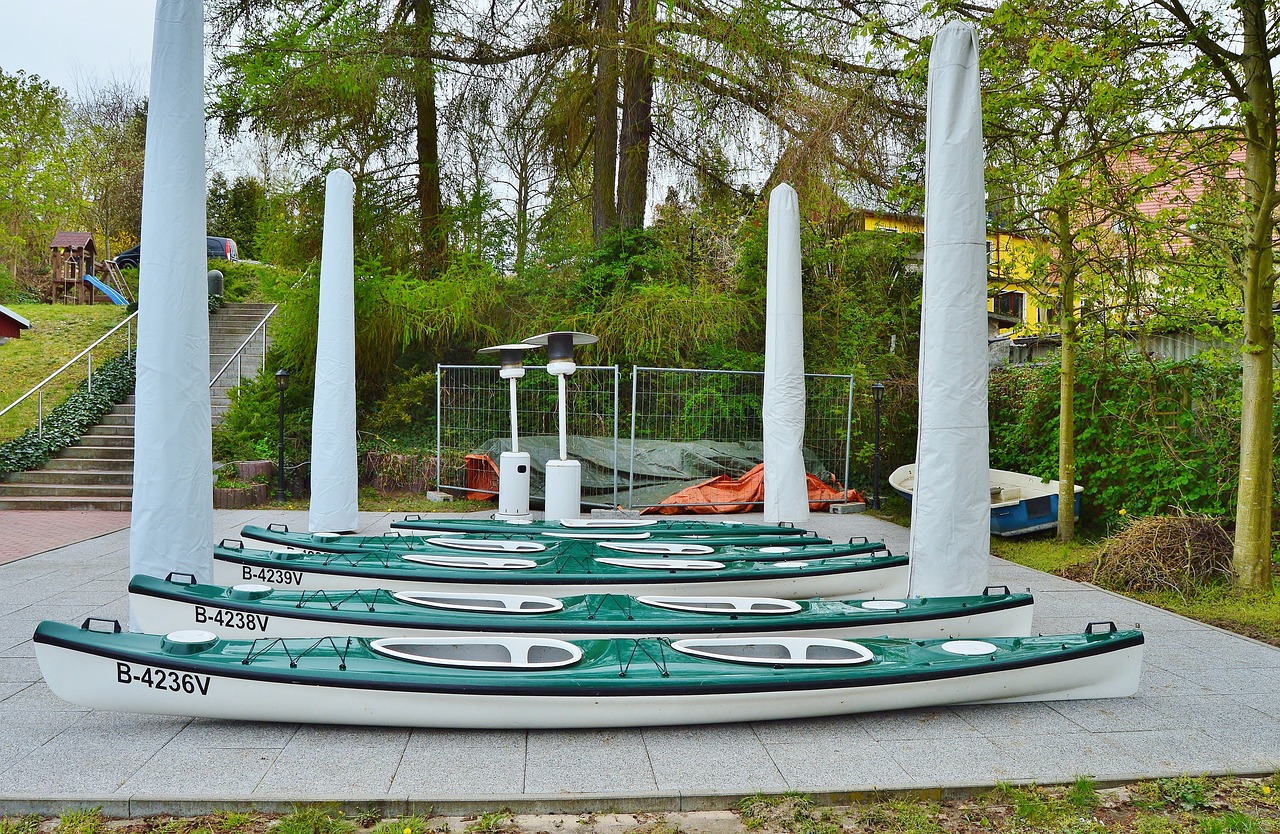Exploring Biophilic Design Trends in Hotel Architecture: 11xplay sign up, India 24 bet login, Skyinplay.com login
11xplay sign up, india 24 bet login, skyinplay.com login: Exploring Biophilic Design Trends in Hotel Architecture
In recent years, the hospitality industry has seen a surge in the incorporation of biophilic design elements into hotel architecture. Biophilic design, which integrates nature and natural elements into indoor spaces, has become increasingly popular due to its ability to create a more immersive and calming environment for guests. From living green walls to natural lighting and materials, hotels are embracing biophilic design to enhance the overall guest experience.
Benefits of Biophilic Design in Hotel Architecture
1. Improved Wellbeing
Biophilic design has been linked to improved mental health and wellbeing. By bringing nature indoors, hotels can create a more calming and stress-reducing environment for guests.
2. Increased Productivity
Studies have shown that biophilic design can enhance productivity and creativity. By incorporating natural elements into hotel spaces, guests may feel more inspired and focused during their stay.
3. Sustainability
Biophilic design often utilizes sustainable materials and practices, making it an environmentally-friendly choice for hotels looking to reduce their carbon footprint.
4. Enhanced Guest Experience
By creating a connection to nature through design, hotels can offer guests a unique and memorable experience that sets them apart from competitors.
Biophilic Design Elements in Hotel Architecture
1. Living Green Walls
Living green walls are a popular biophilic design element in hotel architecture. These walls are made up of plants and vegetation that not only add a touch of nature to the space but also improve air quality and acoustics.
2. Natural Lighting
Natural lighting is key to biophilic design. Hotels are incorporating large windows, skylights, and light wells to bring in as much natural light as possible, creating a bright and airy atmosphere for guests.
3. Biophilic Materials
Hotels are using natural materials such as wood, stone, and bamboo in their architecture and interior design to create a seamless connection to the outdoors.
4. Water Features
Water features such as indoor ponds, fountains, and waterfalls bring a sense of tranquility and relaxation to hotel spaces, enhancing the overall guest experience.
5. Outdoor Spaces
Hotels are designing outdoor spaces such as courtyards, rooftop gardens, and terraces to provide guests with a direct connection to nature and outdoor amenities.
FAQs
Q: How can hotels incorporate biophilic design on a budget?
A: Hotels can start small by adding potted plants, natural materials, and nature-inspired artwork to their existing spaces to introduce biophilic elements without breaking the bank.
Q: Can biophilic design be implemented in urban hotels?
A: Yes, biophilic design can be incorporated into any hotel, regardless of location. Urban hotels can utilize rooftop gardens, green walls, and indoor plants to bring nature into their spaces.
Q: What are the long-term benefits of biophilic design for hotels?
A: Biophilic design can lead to increased guest satisfaction, positive reviews, and repeat business as guests are drawn to the unique and calming environment created by natural elements.
In conclusion, biophilic design is a growing trend in hotel architecture that offers a range of benefits for both guests and hoteliers. By incorporating nature into their spaces, hotels can create a more inviting and sustainable environment that enhances the overall guest experience.







